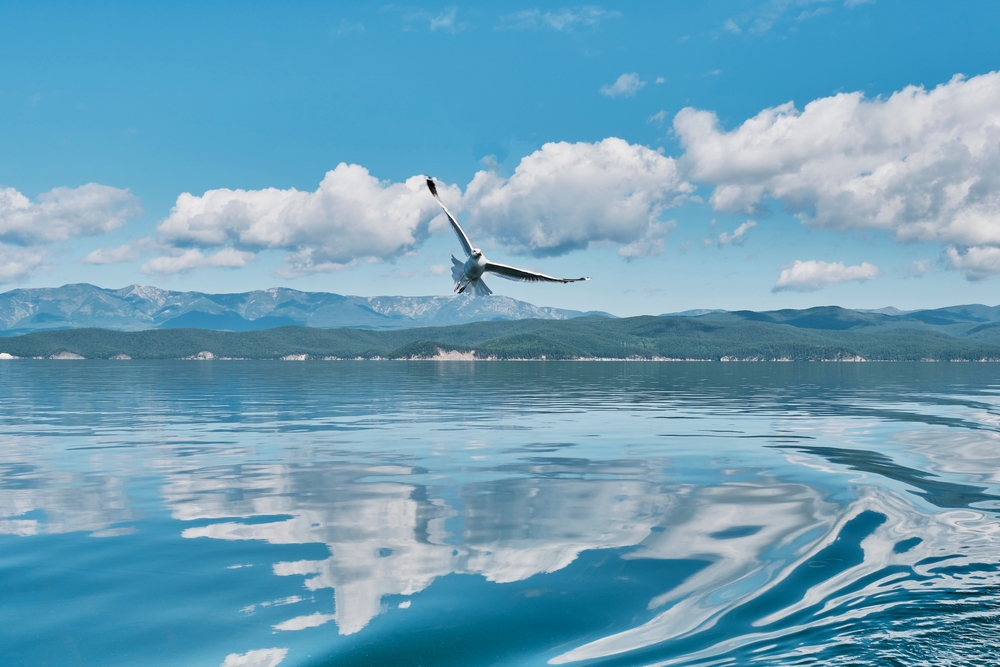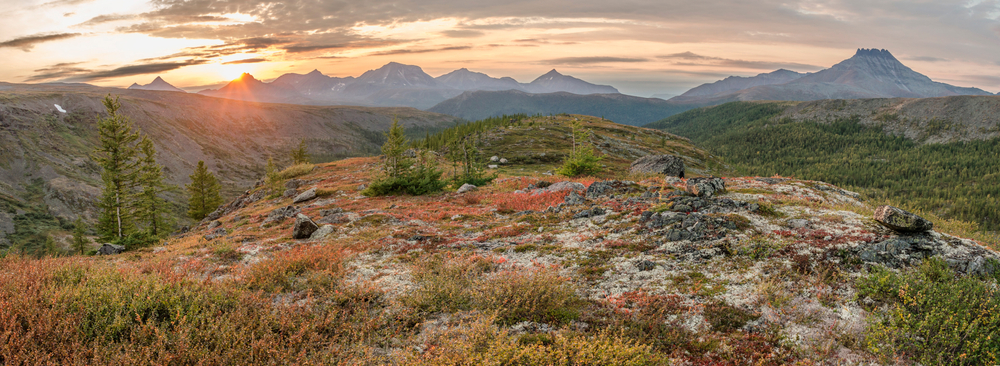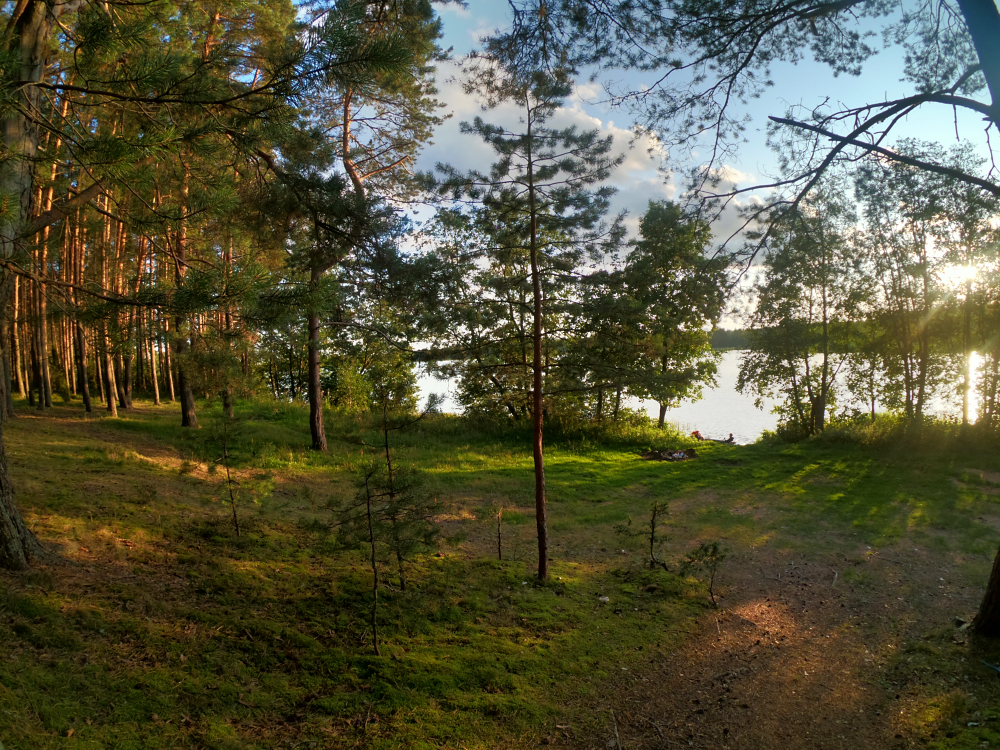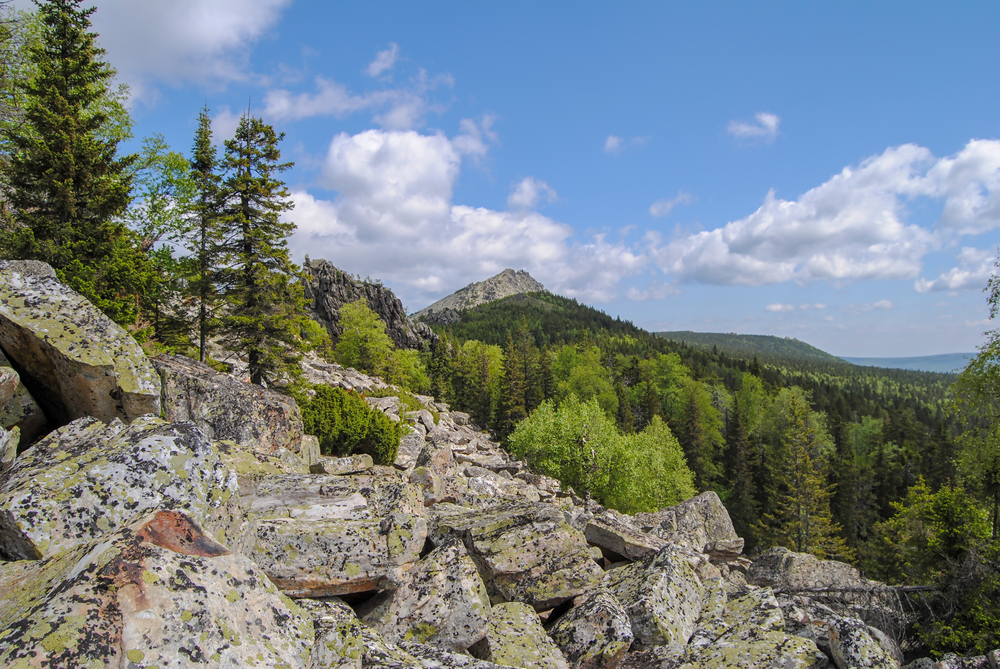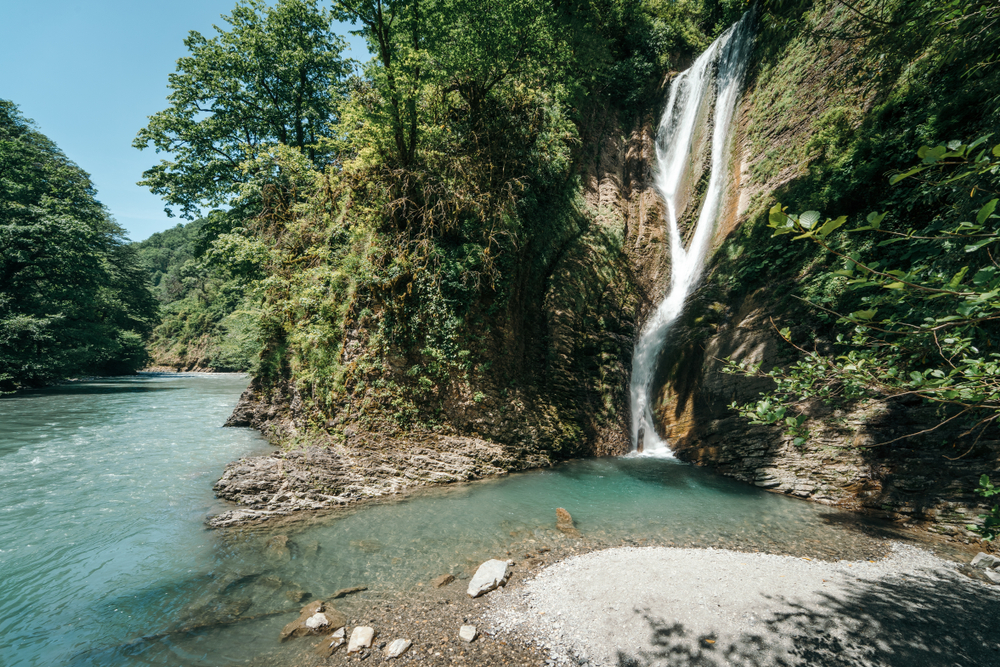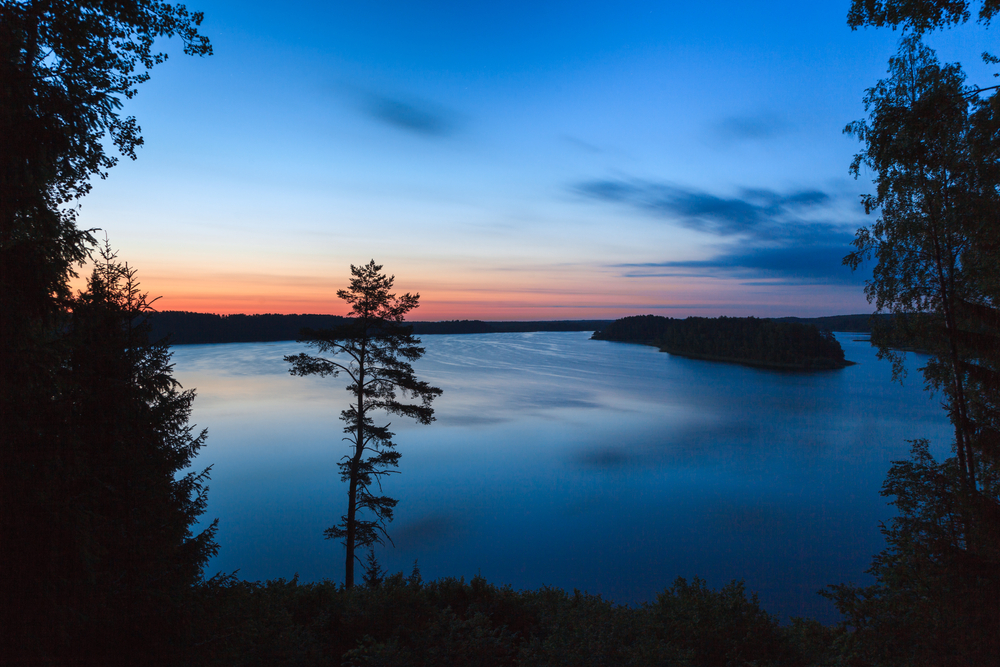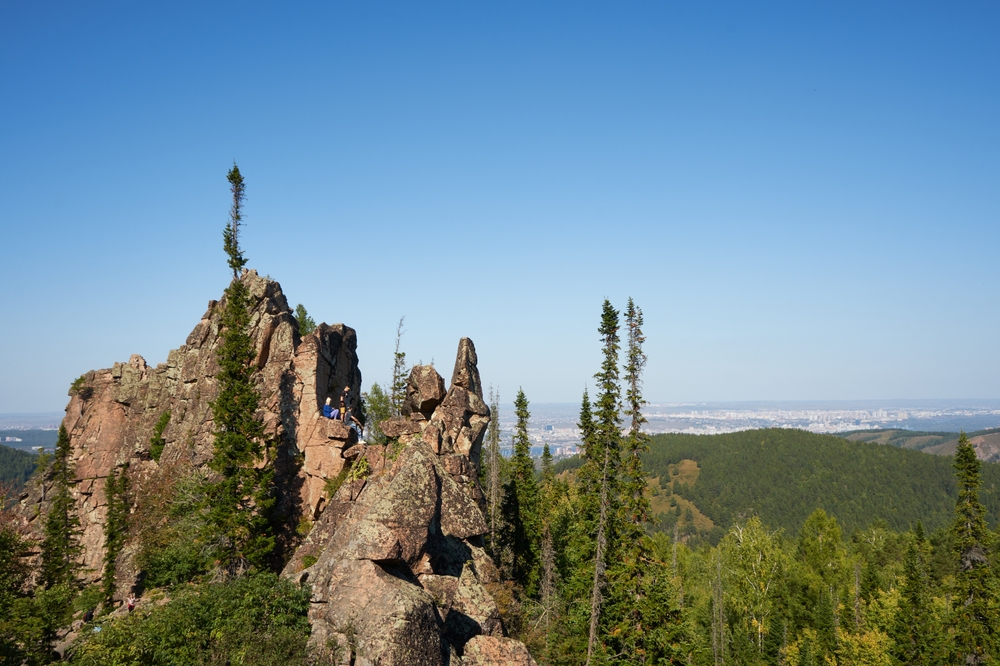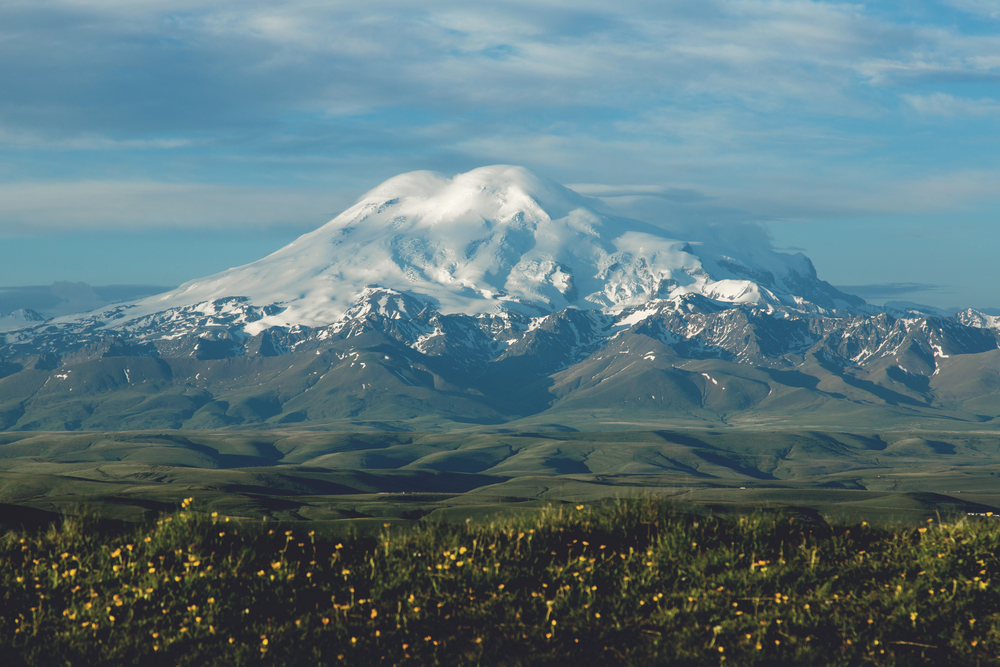Zabaykalsky Overview
Zabaykalsky National Park, known locally as Забайкальский национальный парк, is a stunning protected area located in southeastern Siberia, Russia. Covering approximately 1,800 square miles (4,668 square kilometers), the park is situated along the eastern shore of Lake Baikal, the world’s deepest freshwater lake.
The park’s boundaries extend from the Barguzin Ridge in the west to the Chivyrkuisky Bay in the east, encompassing a breathtaking variety of landscapes. The terrain is characterized by rugged mountain ranges, rolling hills, and extensive valleys, with the Svyatoy Nos Peninsula standing as one of its most prominent natural features.
The peninsula is known for its towering peaks and offers spectacular panoramic views of Lake Baikal. The park also includes numerous rivers and streams, as well as scenic hot springs like those found in Zmeyevaya Bay.
The vegetation in Zabaykalsky National Park is diverse, reflecting the transition between taiga and steppe ecosystems. Dense forests of Siberian pine, larch, and spruce cover much of the landscape, while open meadows and wetland areas provide critical habitat for a variety of plant species.
The park is home to a number of endemic and rare plants, particularly those that thrive in the harsh, cold environment of the Siberian wilderness. In the summer, the land bursts into color with wildflowers, while in winter, the park transforms into a snow-covered wonderland.
Wildlife in Zabaykalsky National Park is abundant, with a rich array of mammals and birds adapted to the extreme conditions of the region. Among the most notable species are the brown bear, Siberian roe deer, and the elusive lynx.
The park is also home to the Baikal seal, the only freshwater seal species in the world, which can often be seen resting on the lake’s icy shores. Birdwatchers can spot an impressive variety of avian species, including the white-tailed eagle, black stork, and various migratory waterfowl that frequent the wetlands. The park’s diverse ecosystems support both terrestrial and aquatic wildlife, making it a prime location for nature enthusiasts seeking encounters with Siberia’s iconic fauna.
One of the most popular attractions in the park is Lake Baikal itself, which draws visitors from around the world due to its pristine waters and unique biodiversity. The Chivyrkuisky Bay is particularly well-known for its sandy beaches, warm shallows, and mineral-rich hot springs, making it a favorite spot for relaxation and exploration.
The Svyatoy Nos Peninsula offers challenging hiking trails leading to breathtaking vistas, while the numerous rivers and streams provide excellent opportunities for fishing. In winter, the frozen lake offers activities such as ice fishing, dog sledding, and even ice diving for the adventurous.
Visitors can experience the park in various ways, ranging from guided boat tours on Lake Baikal to trekking along its rugged mountain trails. Camping is a popular choice for those who wish to immerse themselves in the wilderness, while eco-lodges and rustic cabins provide more comfortable accommodations.
The park also attracts scientific researchers and conservationists studying the lake’s unique ecosystem, as well as photographers drawn to its dramatic landscapes and wildlife.
Despite its beauty and ecological significance, Zabaykalsky National Park faces conservation challenges. Climate change poses a threat to Lake Baikal’s delicate ecosystem, affecting water levels and biodiversity. Illegal fishing and poaching have also put pressure on some of the park’s species.
However, conservation efforts, including stricter regulations and increased environmental awareness, have led to successes in preserving the park’s natural heritage. The park’s management continues to work towards sustainable tourism and ecosystem protection, ensuring that future generations can experience the unspoiled beauty of this Siberian wilderness.








































































